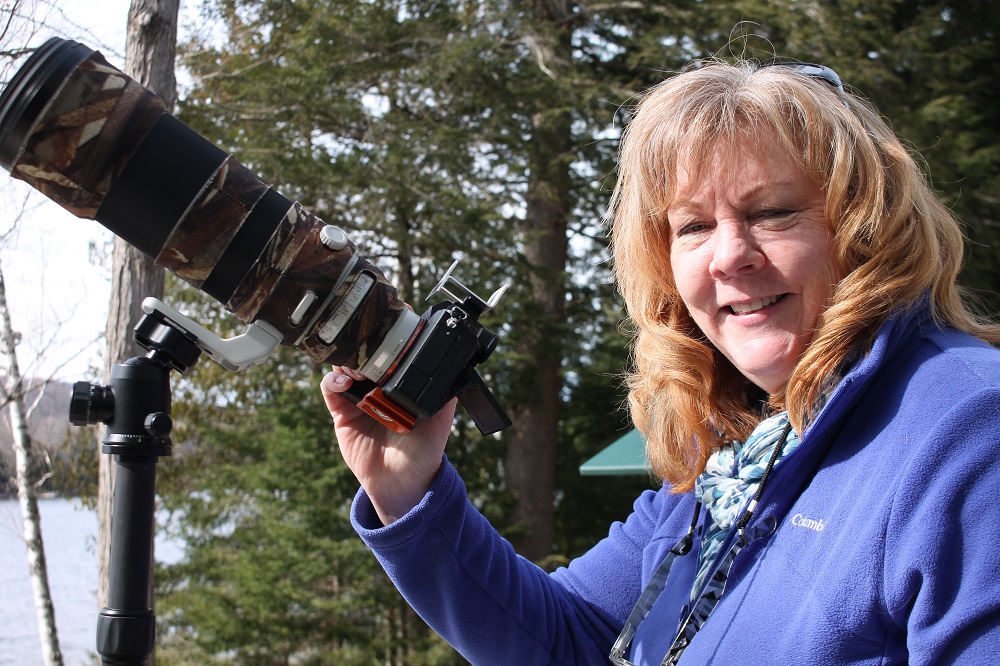Haliburton County photographer Carol Moffatt admits she’s “geeking out a bit” as she prepares to travel to Southern Ontario April 7 to photograph the next day’s total solar eclipse.
With the Highlands only having a partial eclipse, Moffatt put feelers out on Facebook to see if anyone had ideas on where she could go for her astrophotography.
She’s had a few offers but settled on a 10-acre rural property, “owned by a friend of a friend” west of Niagara Falls, where she’ll get “just under four minutes of totality.
“I am not an astronomy geek. It’s just a photographic challenge,” she said on March 30.
Moffatt said the Neowise comet in 2020 piqued her interest, as did the lunar eclipse in 2022 – both of which she successfully captured.
She recalled how her nephew was outdoors with a couple of buddies and she strolled by with her equipment, jokingly telling them “I’ll see if I can photograph that old comet, eh… and, well, didn’t I get some really super cool images, and it was like, well, it isn’t that hard.”
But it isn’t easy. “When you set out to do something, you read and study and make a million mistakes and that’s why I’m out here now with my sun finder, which I just got in the mail yesterday,” she said at her home by the lake.
There is specific camera equipment employed by astrophotographers. For a total solar eclipse, there is even more specialized gear. Moffatt’s been gathering what she needs for weeks and researching what is required to capture iconic images, such as the Diamond Ring and Baily’s beads.
The Diamond Ring Effect occurs at the beginning and end of totality. As the last bits of sunlight pass through the valleys on the moon’s limb, and the faint corona around the sun is just becoming visible, it looks like a ring with glittering diamonds on it.
With Baily’s beads, as the moon covers the sun, the rugged topography of the lunar limb allows beads of sunlight to shine through in some places. They are named for Francis Baily, who explained the effect in 1836.
Moffatt and husband, Tony Aymong, will take their RV Sunday to a location just 10 minutes, or 12 kilometres, from where she’ll attempt to snap the eclipse on Monday. They are staying somewhere where they can drive on back roads, and access the private property via a gate. Then, Moffatt will begin getting ready at about 1 p.m. for the astral phenomenon.
She’ll have a camera, tripod, sun finder and solar filter – and will do her best to have the correct settings, and prepare to remove the sun filter for the precious moment of totality.
In under four minutes, she concedes you have to get it right.
“I’m a hack at this. I’ve never shot a total eclipse before. I have this idea I’ll come out with a suite of magnificence and maybe it will be a fuzzy blob in the sky, I don’t know. That’s the chance you take. I want the diamond ring but the iconic shot should be pulling back and getting coronal flares – that look like wispy tendrils coming off of the sun.”
But it’s like the old Bits and Bites commercial, where every handful is a new ball game. She jokes, “every photographic event is a whole new ball game.”





